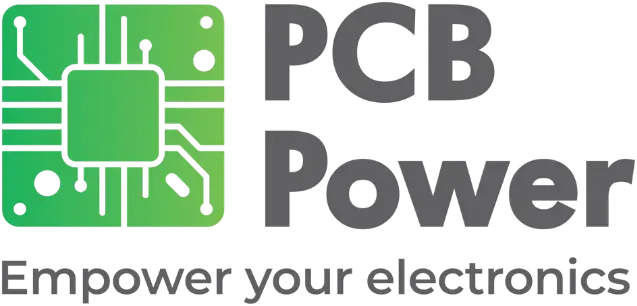
A Guide to Construction, Use, Types & Applications of Flexible Printed Circuit Boards
With its unparalleled flexibility and adaptability, Flex PCBs have revolutionized the electronics industry. As a PCB board manufacturer, understanding the nuances of Flex PCBs is essential for navigating the dynamic landscape of circuit board manufacturing.This article will walk you through the critical aspects of flex PCB manufacturing, like design considerations, materials used, types of flex PCBs, and their functions.
What are Flexible PCBs?
Flex PCB is defined as a substrate material that is both bendable and flexible, usually made of polyimide or polyester. The ability of Flex PCBs to flex into complicated three-dimensional forms sets them apart from typical rigid PCBs and opens up new possibilities for complex designs and varied applications.
Particular factors, such as the bend radius, the material's flexibility, and the location of components, must be considered during the design and production of Flex PCBs. When it comes to electrical equipment, these boards are a lifesaver when it comes to space, weight, and flexibility to unusual geometries.
Components of Flexible PCBs:
Materials are the foundation of printed circuit boards. Flex circuit boards provide a range of flexible alternatives to conventional boards, which use stiff material. Every material has its own set of pros and cons, so the selection is done based on the specific application.
One common material is polyimide, which is preferred for its long lifespan and tolerance to high temperatures. It excels in demanding environments where dependability and adaptability are paramount. Polyester, on the other hand, is great for uses that don't demand extreme flexibility because it's inexpensive and flexible enough.
Classification of Flexible PCBs:
Flex PCBs' versatility has made them valuable in many different sectors. These boards pave the way for the development of flexible, lightweight gadgets that improve wearability and user comfort in the realm of wearable technology. Based on the manufacturing processes, designs, and applications, there are various types of PCBs.
Single-sided Flexible PCBs:
Basic structure suitable for less complex applications
Double-sided Flexible PCBs:
Enhanced layering options for moderately complex applications
Multilayer Flex PCBs:
Intricate layering configurations for improved signal integrity
Rigid-Flex PCBs:
Seamless integration of rigid and flexible elements for enhanced design flexibility and structural stability
Flex PCB Applications:
Their many uses in different sectors demonstrate the versatility and dependability of flexible printed circuit boards. Flex PCBs are crucial in creating the future of electronic applications, whether it's in the elegant look of wearable tech, the strong performance necessary in aircraft and automotive electronics, or the accuracy required in medical equipment.
Innovations in Wearable Technology:
- Making flexible and lightweight gadgets
- Making it easier to incorporate into existing apparel and accessories
- Improving wearability and comfort for users
Application in Medical devices:
- Conforming to the shape of the human body
- Greater adaptability for a wide range of medicinal uses
- Enablement of innovative and non-intrusive solutions
Aerospace and Automotive Electronics:
- Making use of characteristics that save space and are long-lasting
- Achieving peak performance in difficult and constrained settings
- Making complex designs that fulfill unique needs in the aerospace and automotive industries
Consumer Electronics:
- Integration into portable and compact electronic devices
- Facilitation of unique form factors and designs
- Improved reliability and durability for everyday use
Communications Devices:
- Combination with communication modules and antennas
- Enhanced signal integrity for reliable data transmission
- Helping with intricate and specialized ideas for manufacturing automation
Internet of Things:
- Integration into compact and networked IoT devices
- Making designs that can be easily adjusted to fit a variety of Internet of Things (IoT) uses
- Making the Internet of Things (IoT) more dependable in an ever-growing environment
Flexible printed circuit boards are having a revolutionary impact on the circuit board manufacturing industry. In today's fast-paced market, you need to keep up with the latest trends in Flex PCB materials, design considerations, kinds, and functionalities. Being one of the leading and most successful circuit board manufacturing companies, PCB Power stays ahead of the curve to meet the changing demands of the electronics market with accuracy and adaptability by embracing future developments in Flex PCB technology.
Check out our technical capabilities for Flex boards & connect with our team to discuss your unique requirements.



